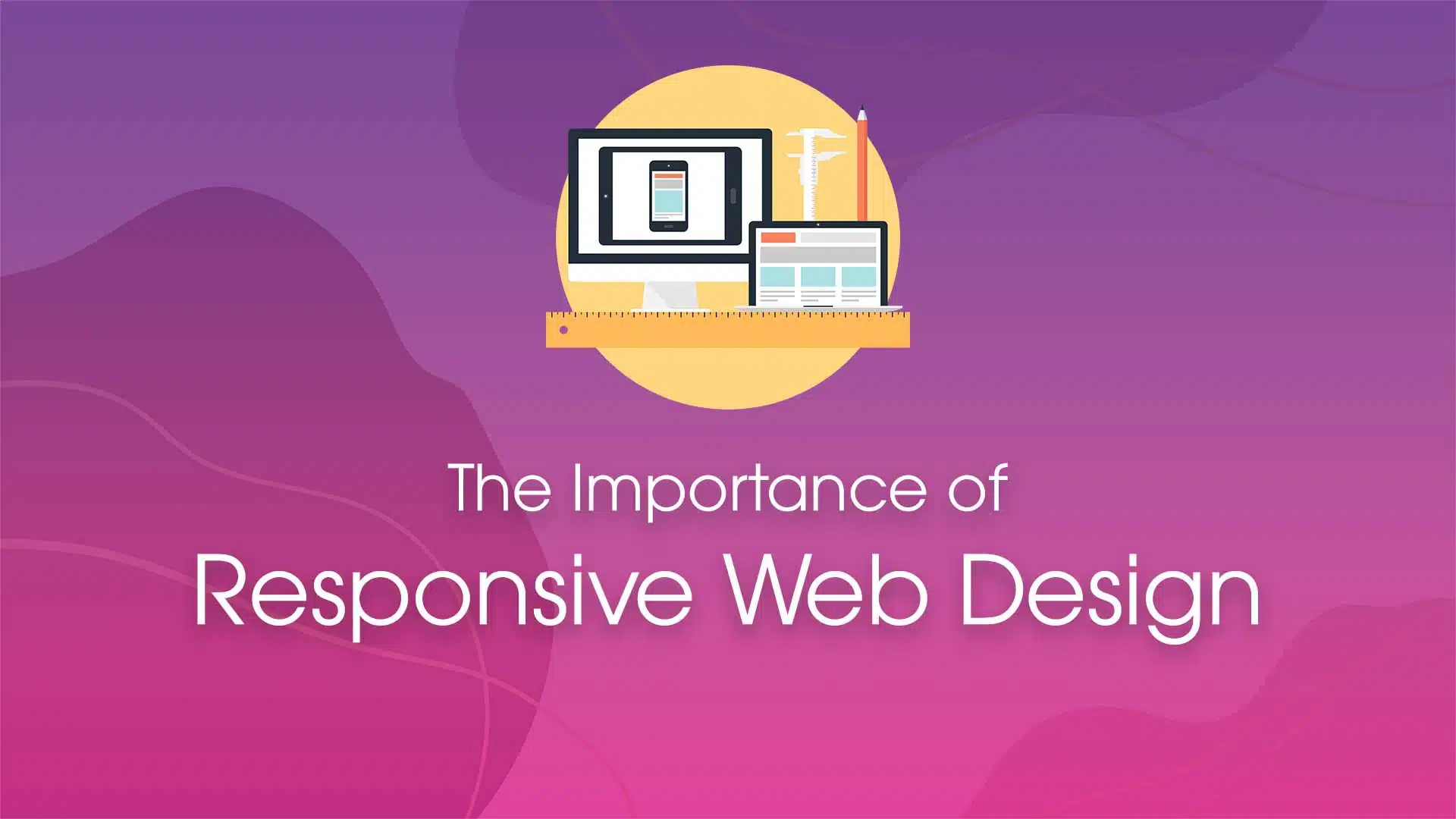
Table of Contents
What is Web Design?
Web design is the process of creating visually appealing and user-friendly websites that meet the needs of businesses, organisations, and individuals. It encompasses a variety of skills and disciplines, including graphic design, user experience design, interface design, and search engine optimisation.
Web design starts with a clear understanding of the client’s needs and goals. This involves gathering information about the target audience, identifying the purpose of the website, and outlining the content that will be included. Once these factors are determined, the design process can begin.
Creating Wireframe or Mockup
The first step in the design process is to create a wireframe or mockup of the website. This is a basic layout of the website that outlines the structure and functionality of each page. Once the wireframe is approved, the designer can begin adding colours, images, and other design elements to create a visual representation of the website.
Making User-friendly
In addition to creating a visually appealing website, web designers also need to ensure that the website is user-friendly and easy to navigate. This involves creating a clear and intuitive navigation system, using appropriate typography and font sizes, and ensuring that the website is accessible to users with disabilities.
Optimising the Website
Web designers also need to optimise the website for search engines to improve its visibility and ranking. This involves using relevant keywords, creating high-quality content, and following best practices for on-page optimisation.
Overall, web design is a complex process that requires a combination of technical and creative skills. A well-designed website can help businesses and organisations to attract and retain customers, establish their brand, and achieve their goals.
What is Responsive Web Design?
In today’s fast-paced, mobile-first world, having a website that is accessible and user-friendly across all devices is crucial. Responsive web design is the approach to web design that aims to provide an optimal viewing and interaction experience across a range of devices, from desktop computers to smartphones and tablets. In other words, a responsive website adjusts its layout, images, and content to fit the screen size of the device being used.
Importance of Responsive Web Design
With the rise of mobile devices and the shift towards mobile browsing, responsive web design has become more important than ever. Not only does it enhance the user experience, but it also plays a critical role in search engine optimisation (SEO). In this blog post, we’ll explore the importance of responsive web design, the benefits it offers, and best practices for designing a responsive website that meets the needs of your audience.
Here are some of the key reasons why responsive web design is important:
Improved User Experience (UX)
A responsive website provides a seamless user experience across different devices, whether it’s a desktop, laptop, tablet, or smartphone. Users can easily navigate through your website, read content, and interact with your brand without having to zoom in or out or scroll excessively. This leads to higher engagement, lower bounce rates, and increased time spent on your website.
Higher Search Engine Rankings
Google and other search engines prioritise mobile-friendly websites in their search results, making responsive web design a crucial factor in SEO. A responsive website is more likely to rank higher in search results, especially for mobile searches, which account for the majority of online searches today.
Cost Savings
Designing and developing a separate mobile website can be expensive and time-consuming. With responsive web design, you only need to create one website that adapts to different devices, reducing development costs and maintenance efforts.
Future-Proofing
As new devices and screen sizes are introduced, a responsive website can easily adapt to these changes without requiring a complete redesign. This ensures that your website remains relevant and accessible to your audience for years to come.
Tips for Creating a Responsive Website
Here are some tips for creating a responsive website:
- Use a responsive web design framework, such as Tailwind CSS, Bootstrap or Foundation, to simplify the development process.
- Prioritise mobile-first design principles, such as minimising content, optimising images, and simplifying navigation.
- Test your website on different devices and screen sizes to ensure that it provides an optimal user experience.
- Implement responsive images and videos that adjust to different screen sizes and bandwidths.
- Optimise page speed and load times, especially on mobile devices, to reduce bounce rates and improve user engagement.
In conclusion, responsive web design is a crucial element of modern web development that can improve user experience, boost search engine rankings, save costs, and future-proof your website. By following the best practices and tips outlined in this article, you can create a responsive website that engages your audience and meets their needs.
